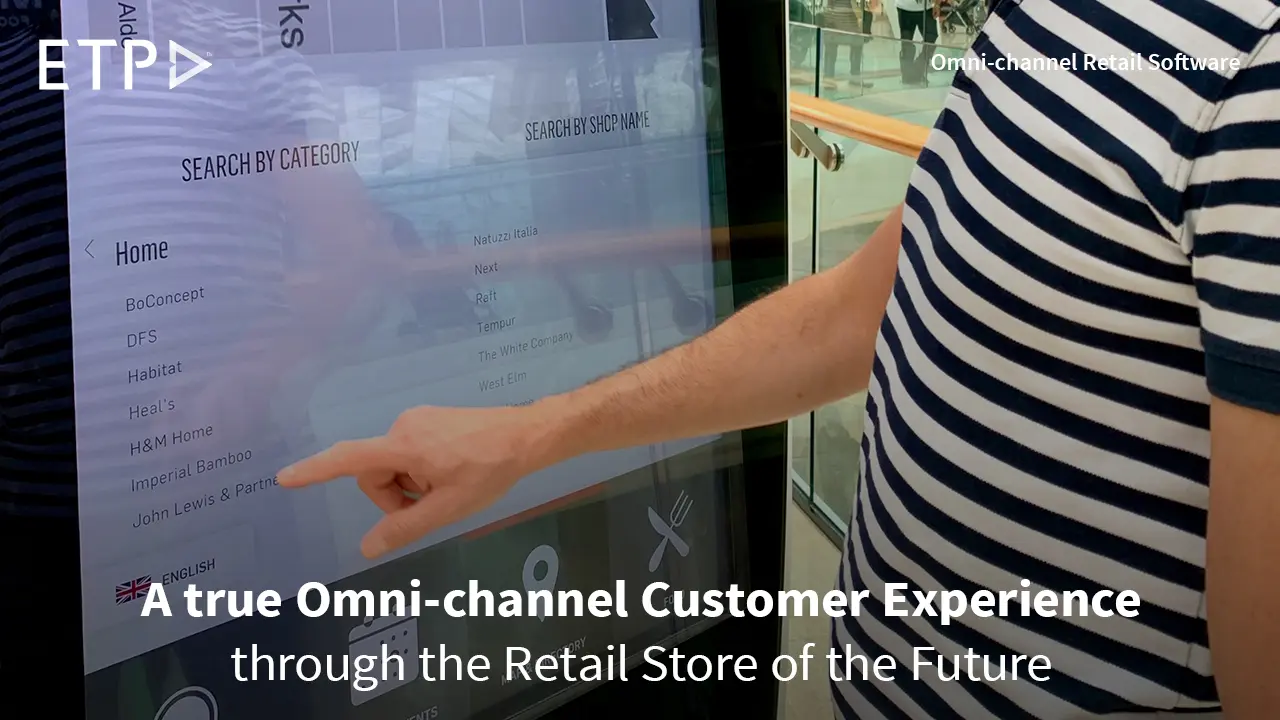
The global pandemic has increased the adoption of contactless payments, with consumers seeking safe and convenient ways to transact. Mobile Point of Sale (MPOS) software has become a powerful solution to this growing demand. By transforming smartphones and tablets into portable payment terminals, MPOS Software enables businesses to accept contactless payments anywhere. In this blog, we will explore the rise of contactless payments and how MPOS software is revolutionizing how transactions are conducted.
Improved Efficiency and Mobility
MPOS software enables businesses to conduct transactions beyond the confines of a traditional brick-and-mortar store. Whether it’s a pop-up shop, a mobile retail truck, or an outdoor event, businesses can easily process payments on mobile devices. This mobility not only expands the reach of businesses but also improves their operational efficiency. Staff members can assist customers throughout the store, reducing wait times and enhancing the shopping experience. The endless aisle feature on the mobile POS can elevate the store performance to a new level by reducing lost sales due to stockout situation.
Enhanced Security and Trust
Contactless payments through MPOS software offer enhanced security features that protect sensitive customer data. Encrypted transactions and tokenization ensure that cardholder information remains secure throughout the payment process. Moreover, contactless payments significantly reduce the risk of physical card fraud and skimming, providing customers with peace of mind. The trust instilled by secure contactless payments helps build stronger customer relationships and encourages repeat business.
Flexibility and Versatility
MPOS software caters to various payment methods, including contactless cards, mobile wallets, and QR code payments. This flexibility allows businesses to cater to a wide range of customer preferences. Additionally, MPOS software often integrates with other business management systems, such as inventory and customer relationship management (CRM) platforms, providing a holistic view of business operations. The versatility of MPOS software empowers businesses to adapt to evolving customer demands and streamline their overall operations.
Convenient and Seamless Transactions
MPOS software offers a seamless and convenient payment experience for both merchants and customers. By turning mobile devices into payment terminals, businesses can accept payments on the go, eliminating the need for traditional fixed-point terminals. Customers can complete transactions quickly and easily by tapping their contactless cards, scanning QR codes, or making mobile wallet payments. The convenience and speed of contactless payments enhance the overall customer experience and reduce checkout friction.
Cost-Effective Solution
Implementing MPOS software can be a cost-effective alternative to traditional point-of-sale systems. By utilizing existing mobile devices, businesses can avoid investing in dedicated hardware terminals. This eliminates upfront costs and reduces maintenance expenses associated with traditional POS systems. Moreover, MPOS software typically operates on a subscription or pay-as-you-go model, allowing businesses to scale their payment infrastructure as needed, without large upfront investments.
Analytics and Insights
MPOS software often provides valuable analytics and reporting capabilities that offer insights into sales performance and customer behaviour. Businesses can analyze transaction data, identify popular products, and better understand customer preferences. These insights help drive data-driven decision-making, optimize inventory management, and develop targeted marketing strategies. MPOS Software empowers businesses to leverage transaction data to fuel growth and improve operational efficiency.
Integration with E-commerce Platforms
MPOS software can integrate seamlessly with e-commerce platforms, creating a unified experience for businesses and customers. This integration enables businesses to synchronize inventory, process payments, and manage customer data across online and offline channels. Customers can enjoy a consistent shopping experience, whether in-store or online, leading to increased customer satisfaction and loyalty.
The rise of contactless payments has transformed how transactions are conducted, providing convenience, speed, and enhanced security. MPOS software has emerged as a key enabler of contactless payments, allowing businesses to accept payments anywhere, anytime through mobile devices. With its convenient and seamless transactions, improved efficiency and mobility, enhanced security and trust, flexibility and versatility, cost-effectiveness, analytics and insights, and integration with e-commerce platforms, MPOS software has revolutionized the payment landscape.















